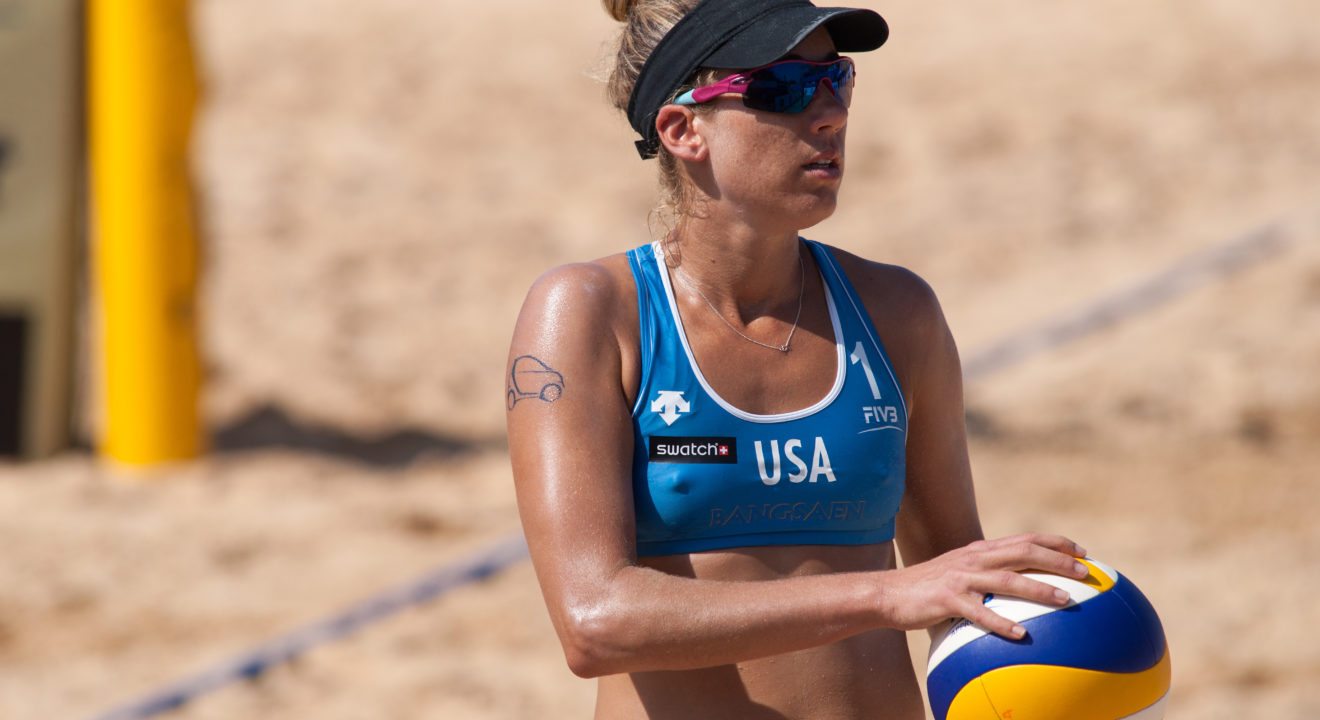Uncategorized February 20, 2017


It was 1948, the first Olympics after the Cold War halted all form of routine and put the world in limbo. Alice Coachmen was an American track athlete who had made it to the finals in the high jump event at the London Olympics that summer. She soared over the bar at 5 feet and 6 1/8 inches, beating her British rival Dorothy Tyler and becoming the first African-American woman in any country to win a gold medal.
She lived in the segregated south, barred from access to athletic training facilities because of her skin color. She lived in a paradox, feeling great pride for a country that didn’t take pride in her or her ‘kind.’ Coupled with public opposition to female participation in sports, Coachmen would have felt no resistance had she just given up. But she couldn’t. It wasn’t just a gold on the line, she was competing for doors. When she reached new heights—literally and figuratively— a door was opened that day, wide enough to allow more women, especially women of color, to peek inside at the potential success awaiting them.
“I made a difference among the blacks being one of the leaders. If I had gone to the games and failed, there wouldn’t be anyone to follow my footsteps” Coachmen said regarding the significance of her win.
After Coachmen, it was Wilma Rudolph, then Wyomia Tyus, Florence Griffith Joyners, Gail Devers, to today’s Allison Felix, who snagged her sixth gold in Rio, the most of any female sprinter in the world.
Gender, color, were the placards that marked ‘handicapped’ on women, questioning their capability to perform athletically. Physical inferiority were explanations for lesser gold medals, lower athletic performance and lower female participation. As more Olympics have passed, the theory has been largely unsubstantiated. One can say that after the second straight Olympics of female athletes outnumbering males 291:263 as well as women claiming 27 out of the 46 gold in Rio—this theory has already been disproved. So what accounts for this surge in female athletic prowess since the 1950’s? An important piece of legislation, called Title IX.
The bill stated that education programs receiving federal funding are not allowed to discriminate based on sex. While it wasn’t the immediate band-aid to a century-long injustice, it began to slowly funnel women into sports where they were once sparse (or not allowed), such as basketball, swimming and track and field. With champions like Simone Biles, Gabby Douglas, Katie Ledecky, Simone Manuel, Maya Dirado, Laurie Hernandez, Aly Raisman, Dana Vollmer, etc. it’s clear that these once female-sparse events are now events that women–American women–are dominating.
There are many things to consider when factoring American success: the United States is a richer country that has access to proper Olympic training facilities, the economic and social state of certain countries may hamper performance, the elimination of Russian athletes due to doping lessened opportunities for medaling. But while these are important to account for U.S. success, it still doesn’t refute this idea: What has separated women from men and women of color from anyone else for decades is not a difference in stamina or a made-up extra calf muscle—it is opportunity. As proven these past 10 years, when given opportunity, women are and have historically been incredibly successful.
Sorry, no related posts found.